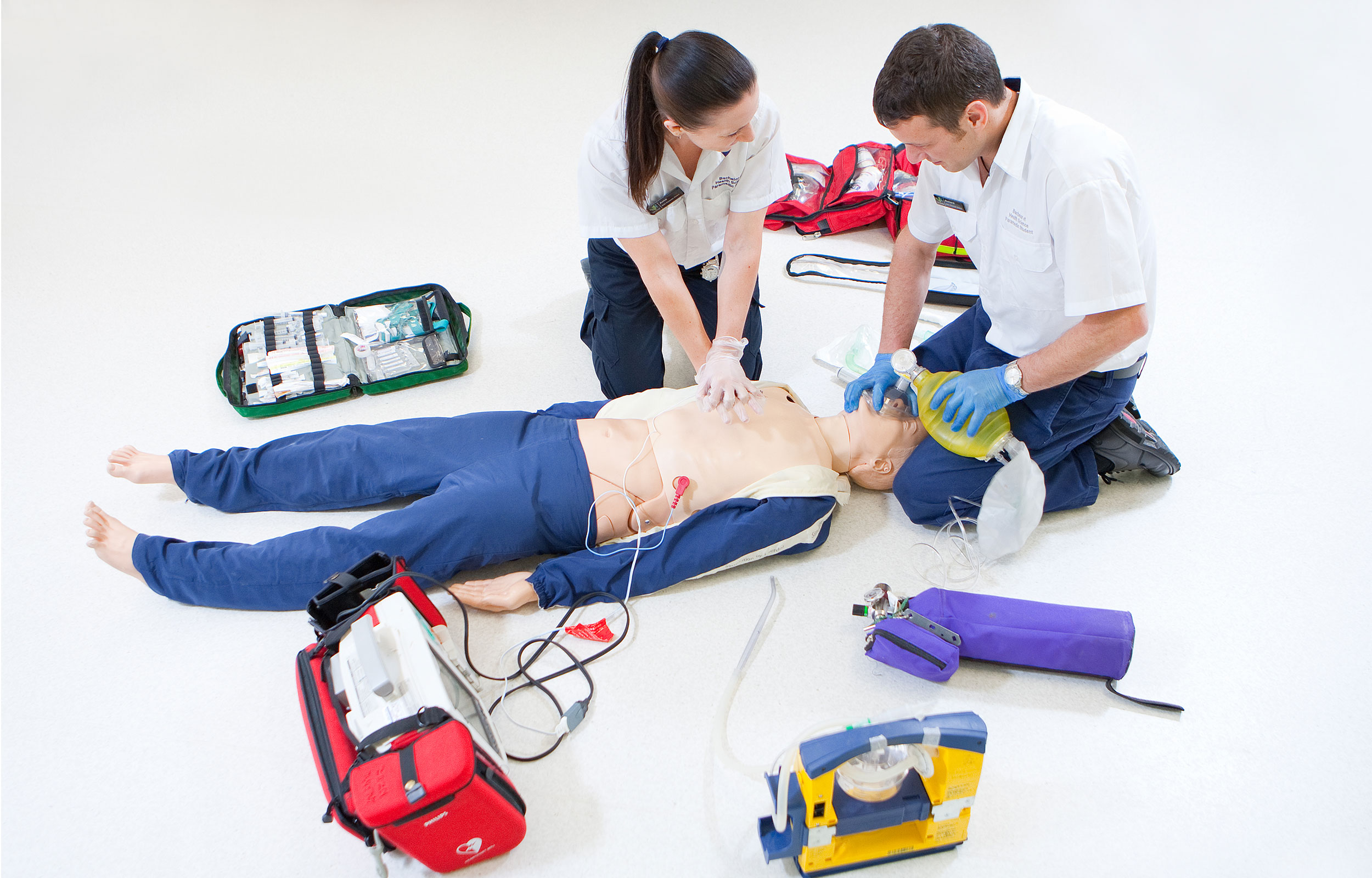The field of emergency medical services is a vital one and a career in it can be lucrative. It is centered around the saving of lives and offering life-saving treatment. If you’re considering becoming an Emergency Medical Technician (EMT) or even moving up to the highly regarded post of paramedic, you’re joining a field with tremendous growth opportunities and a high demand for qualified professionals. In this article, we’ll guide you through the steps to become an EMT and paramedic, exploring the various training options available, including DSHS approved EMS training course.

Understanding the Role of EMTs and Paramedics:
First responders and Emergency Medical Technicians and Paramedics offer immediate medical assistance in an emergency situation. They are specially trained to assess and manage patients and transfer them safely to medical facilities to receive more treatment. EMTs, paramedics as well as other medical professionals, play a crucial part in stabilizing patients in an emergency taking quick decisions and providing caring care to those suffering from distress.
Step 1: Becoming a EMT
To become an EMT you must take a number of different education and training programs. These can differ depending on the certification level you want to attain. There are three levels of EMT certification.
1. EMT-Basic certification: This one is for entry-level professionals and requires between 100 and 150 training hours. EMTs-B are trained in basic medical procedures, such as CPR, bleeding controls, and the basics of managing airways.
2. EMT Intermediate (EMT I): EMT I requires further training, and this can be different for each the state. In some states, this level is paired with EMT-B. In other states the range of training is between 200 and 400 hours, and include advanced medical techniques such as intravenous therapy, among other skills that are enriched.
3. EMT Paramedic (EMT P) EMT-P is the highest level of certification available to EMTs. The training required for this level typically ranges from 1,800 to 1,000 hours. Paramedics can carry out advanced medical procedures including administering medication in the form of EKGs, interpreting them and advanced airway management.
Step 2: Requiring Paramedic Certification
You must complete your EMT B or EMT I level before you can become paramedic. Following that, you’ll be able to apply for a paramedic certification program, which usually takes one to two years to complete. In the course, you will learn about advanced medical issues. You will also acquire the knowledge and skills needed to tackle critical scenarios.
Explore EMT possibilities for training:
When you’re looking for EMT training, you have various options depending on the degree of certification you want to attain. EMT courses are often offered by medical trade schools as well as community colleges for all certification levels. The programs provide a mix of classroom instruction, hands-on training, and practical experience in clinical and field locations.
Colleges and universities offer EMT programs at the EMT/Paramedic level If you’re looking for an in-depth, thorough EMT program that can lead to the degree of a college. These programs will help you gain an in-depth knowledge of emergency medicine and allow you to make better medical decisions as well as provide better care for patients.
Step 4: Step 4: Ensure DSHS certified EMS training:
For those who want to become EMTs and paramedics it’s crucial to ensure that the education course you select is DSHS approved. The Department of State Health Services is the body that approves EMS programs to make sure they meet high standards of competency and training. When you enroll in a DSHS-approved EMS training will ensure that you receive the best training and that you meet the requirements for certification.
A career as an EMT or paramedic can be very rewarding and highly respected. EMTs, paramedics and other emergency responders play an a crucial role in providing medical care and saving lives during emergencies. In order to embark on this life-saving journey, future EMTs and paramedics have to complete the mandatory training and education programs. According to the level of certification they want to attain, people can select from various EMT programs, including community colleges, medical trade schools, as well as university programs.
Additionally, when considering alternatives to training, it’s crucial to make sure that the EMS training course is DSHS approved. You can be assured that the course you attend will meet the standards required for EMT or paramedic accreditation.
As the demand for trained emergency medical professionals rises, EMS provides a wealth of opportunities for career advancement as well as the chance to impact the lives of those around you. If you begin as an EMT Basic or to become a paramedic, your dedication to providing essential healthcare will be rewarded with an enjoyable and fulfilling job in emergency medical care.
